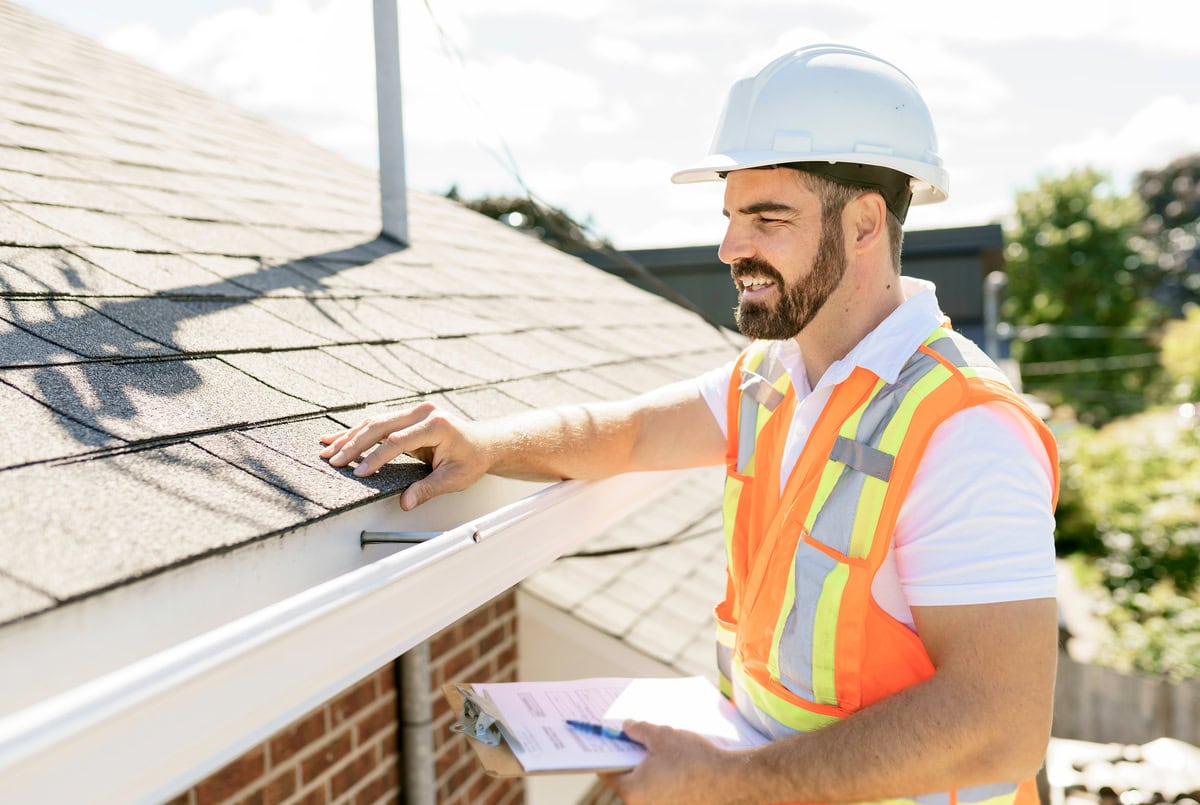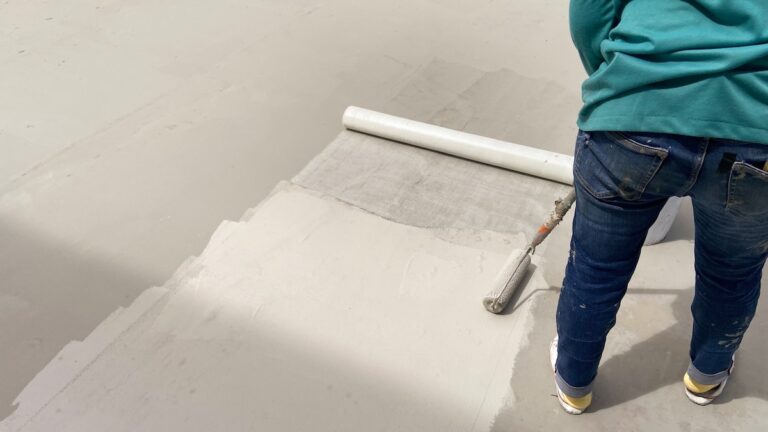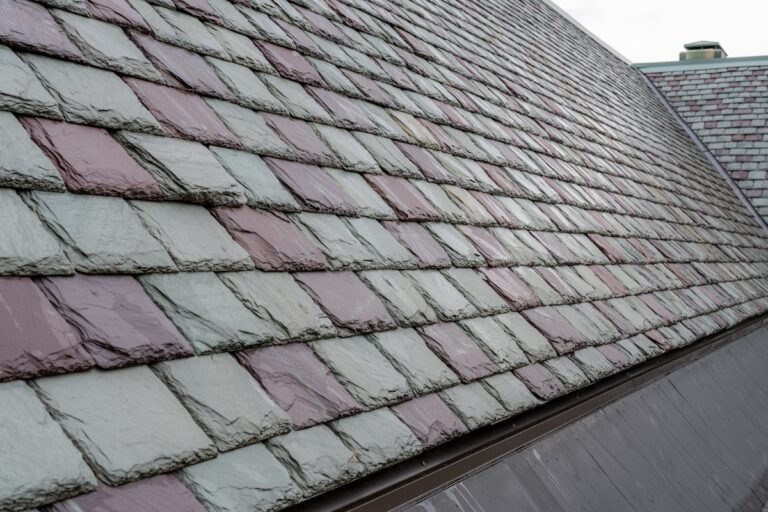Your roof is your first line of defense against the elements, shielding you and your loved ones from rain, wind, snow, and sun. However, like any other part of your home, it requires regular attention and maintenance to stay in top condition.
A roof inspection is a crucial aspect of this maintenance routine, helping to identify issues early on and prevent costly repairs down the line. In this roof inspection checklist, we’ll explore everything you need to know about roof inspections, from:
- Signs that your roof needs attention
- Finding a qualified inspector
- Conducting inspections
- Costs involved
- Maintenance tips
Signs That Your Roof Needs Inspection
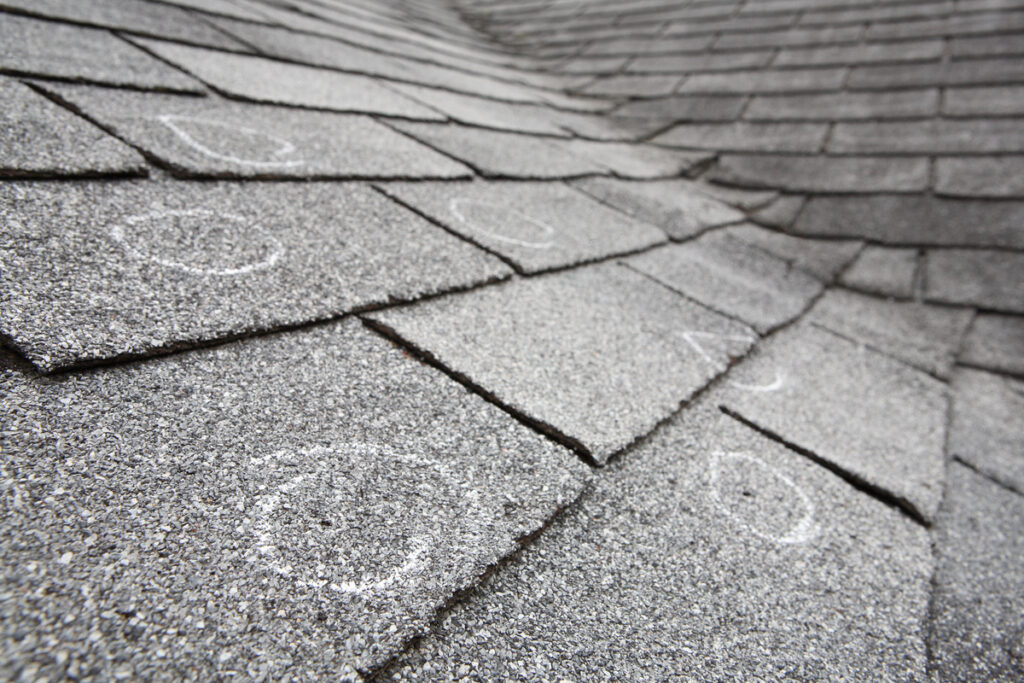
Before diving into the inspection process, it’s essential to recognize the signs that indicate your roof may be in need of attention:
- Age: If your roof is approaching or has surpassed its expected lifespan, it’s wise to schedule a professional inspection.
- Leaks: Water stains on ceilings or walls, damp spots in the attic, or visible water infiltration are clear indicators of roof damage.
- Missing or Damaged Shingles: Cracked, curling, or missing shingles compromise the integrity of your roof and warrant inspection.
- Sagging: Any noticeable sagging or drooping in the roof structure should be addressed immediately.
- Granule Loss: Accumulation of granules in gutters or around the perimeter of your home signifies shingle deterioration.
- Mold or Moss Growth: Excessive mold, moss, or algae growth on the roof surface may indicate moisture problems.
- Daylight Through the Roof: If you can see sunlight streaming through gaps or holes in the roof, it’s a clear sign of trouble.
Finding a Qualified Roof Inspector
Choosing the right roof inspector is crucial to ensure a thorough and accurate assessment of your roof’s condition. Here are some steps to find a qualified professional:
Research and Recommendations:
Start by asking friends, family, or neighbors for recommendations. Additionally, online reviews and professional associations can help you identify reputable inspectors.
Credentials:
Look for inspectors with relevant certifications, such as those from the National Roof Certification and Inspection Association (NRCIA) or the International Association of Certified Home Inspectors (InterNACHI).
Experience:
Opt for inspectors with extensive experience in roof inspections and a proven track record of providing quality service.
Insurance and Licensing:
Verify that the inspector is properly licensed and carries adequate insurance coverage to protect both parties in case of accidents or damages during the inspection.
8 Step Roof Inspection Checklist
During a professional roof inspection, inspectors typically assess various components of your roof system. Here’s a comprehensive checklist of what they may look for:
1) Shingle Condition:
Check for missing, damaged, or deteriorating shingles.
2) Flashing:
Inspect flashing around chimneys, vents, skylights, and other penetrations for signs of damage or deterioration.
3) Gutters and Downspouts:
Ensure gutters are clear of debris and properly attached, and downspouts are directing water away from the foundation.
4) Roof Deck:
Examine the roof deck for signs of sagging, rot, or water damage.
5) Attic Inspection:
Assess insulation levels, ventilation, and signs of moisture or mold growth in the attic space.
6) Sealants and Caulking:
Inspect sealants and caulking around vents, chimneys, and other penetrations for signs of cracking or deterioration.
7) Ventilation:
Check attic ventilation to prevent moisture buildup and extend the life of your roof.
Structural Integrity: Assess the overall structural integrity of the roof, including trusses, rafters, and support beams.
Cost of Roof Inspection
The cost of a roof inspection can vary depending on factors such as the size and complexity of your roof, location, and the inspector’s qualifications. On average, a professional roof inspection may range from $200 to $600. However, this cost is a worthwhile investment considering the potential savings in avoiding costly repairs or premature roof replacement.
Getting a Free Roof Inspection: Expert Tips
While many roofing companies offer free estimates, not all inspections are entirely complimentary. Some contractors may waive inspection fees if you proceed with recommended repairs or services.
Additionally, insurance companies may cover the cost of roof inspections in certain situations, such as after severe weather events or as part of a home insurance policy.
How Often Should You Inspect Your Roof
Ideally, you should schedule a professional roof inspection at least once a year, preferably in the spring or fall. However, additional inspections may be necessary after severe weather events, such as storms or heavy snowfall, or if you notice any signs of roof damage.
Maintaining Your Roofing System
In addition to professional inspections, regular maintenance is key to extending the lifespan of your roof. Here are some DIY maintenance tips:
- Keep Gutters Clean: Regularly clean debris from gutters and downspouts to prevent clogs and water backup.
- Trim Overhanging Branches: Trim back branches that overhang your roof to prevent damage from falling limbs and debris.
- Check for Signs of Damage: Periodically inspect your roof for signs of damage, such as loose or missing shingles, and address any issues promptly.
- Monitor Attic Conditions: Keep an eye on attic conditions, including insulation levels and ventilation, to prevent moisture buildup and mold growth.
- Remove Debris: Clear away any debris, such as leaves or branches, from the roof surface to prevent water retention and potential damage.
A Local Reputable Roofing Contractor
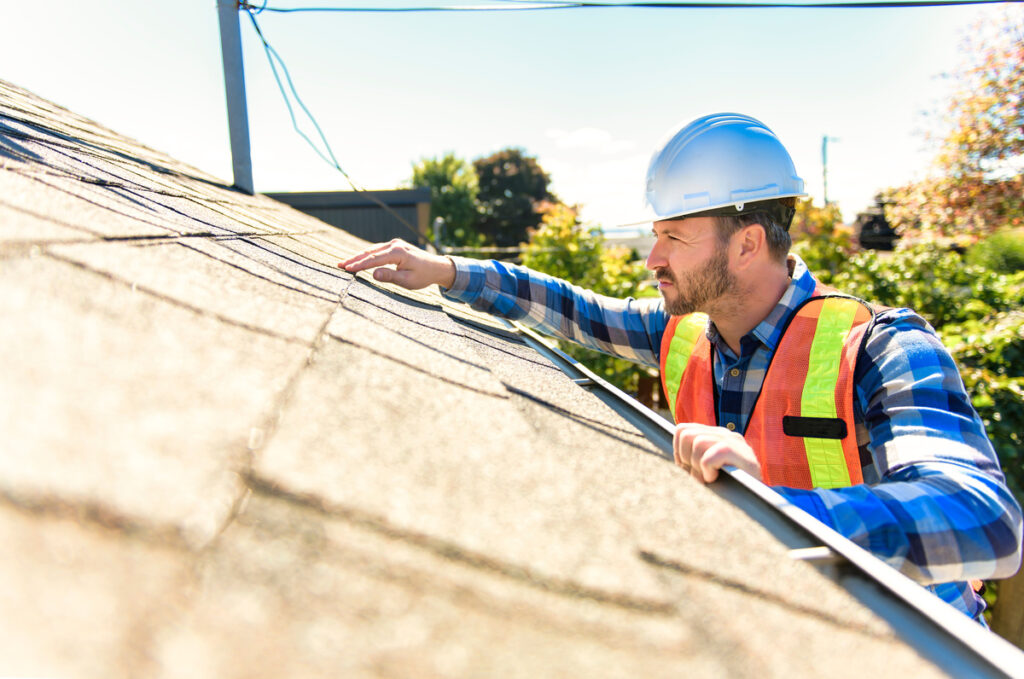
A thorough roof inspection is essential for maintaining the structural integrity and longevity of your roof. At Johnson Restoration, we offer regular roof inspections that keep your roofing materials in the best shape possible. Contact us today to set up your appointment!
